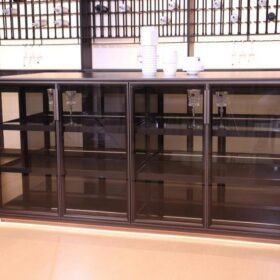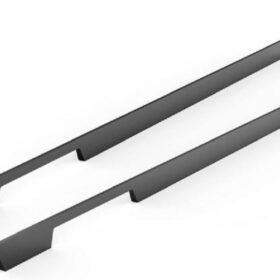Choosing Heavy-Duty Friction Stays for High-Performance Applications
Introduction
Heavy-duty friction stays are essential components for demanding applications that require precision positioning and reliable performance. Their ability to withstand high forces and maintain accurate adjustments makes them ideal for industries ranging from aerospace to manufacturing. Choosing the right friction stays is critical to ensuring optimal functionality and longevity in these applications.
Factors to Consider
When selecting heavy-duty friction stays, several factors need to be considered:
1. Load Capacity
The load capacity of the friction stay determines its ability to support the weight of the attached component. High-performance applications often involve significant forces, so it is crucial to choose friction stays that can withstand the expected loads without compromising stability or accuracy.
2. Range of Motion
The range of motion refers to the angular adjustment that the friction stay can provide. Determine the required range of adjustment based on the application’s specific needs. Friction stays with a wide range of motion offer greater flexibility and enable more precise positioning.
3. Holding Strength
Holding strength is the force required to move the friction stay once it has been adjusted. Strong holding strength ensures that the component remains securely in position under dynamic loads or vibrations. Friction stays with adjustable holding force mechanisms allow for customization to suit specific application requirements.
4. Durability
Durability is an essential factor for high-performance applications where longevity and reliability are paramount. Friction stays should be constructed from high-quality materials and have robust designs that can withstand harsh operating conditions. Look for friction stays with corrosion resistance, wear resistance, and long service life.
5. Adjustment Mechanism
The adjustment mechanism allows fine-tuning of the friction stay’s position. Choose friction stays with smooth and precise adjustment mechanisms that provide repeatable and accurate positioning. Different types of adjustment mechanisms, such as hand knobs, levers, or screw drives, cater to specific application needs.
6. Mounting Options
Mounting options determine how the friction stay is attached to the assembly. Friction stays are typically mounted using brackets or hinges. Choose mounting options that provide secure and stable attachment, especially in applications where vibration or shock is present.
Applications
Heavy-duty friction stays are commonly used in high-performance applications across various industries, including:
– Aerospace: Precision positioning of control surfaces, landing gear, and equipment
– Manufacturing: Alignment of machinery, robotics, and assembly jigs
– Medical: Patient positioning, surgical equipment, and imaging devices
– Transportation: Suspension systems, vehicle enclosures, and equipment mounts
Conclusion
Choosing the right heavy-duty friction stays for high-performance applications requires careful consideration of multiple factors. By assessing load capacity, range of motion, holding strength, durability, adjustment mechanism, and mounting options, engineers can select friction stays that meet the specific demands of their applications. Proper selection ensures precision positioning, reliable performance, and long-term durability in even the most demanding environments.
-
2024-11-29Top Trends in Modern Kitchen Cabinet Pulls for 2024
-
2024-11-28The Ultimate Guide to Modern Kitchen Cabinet Pulls- Materials, Styles, and Tips
-
2024-11-27Elevate Your Kitchen Design with These Must-Have Modern Cabinet Pulls
-
2024-11-26Sleek and Stylish- The Best Modern Kitchen Cabinet Pulls for a Contemporary Look










